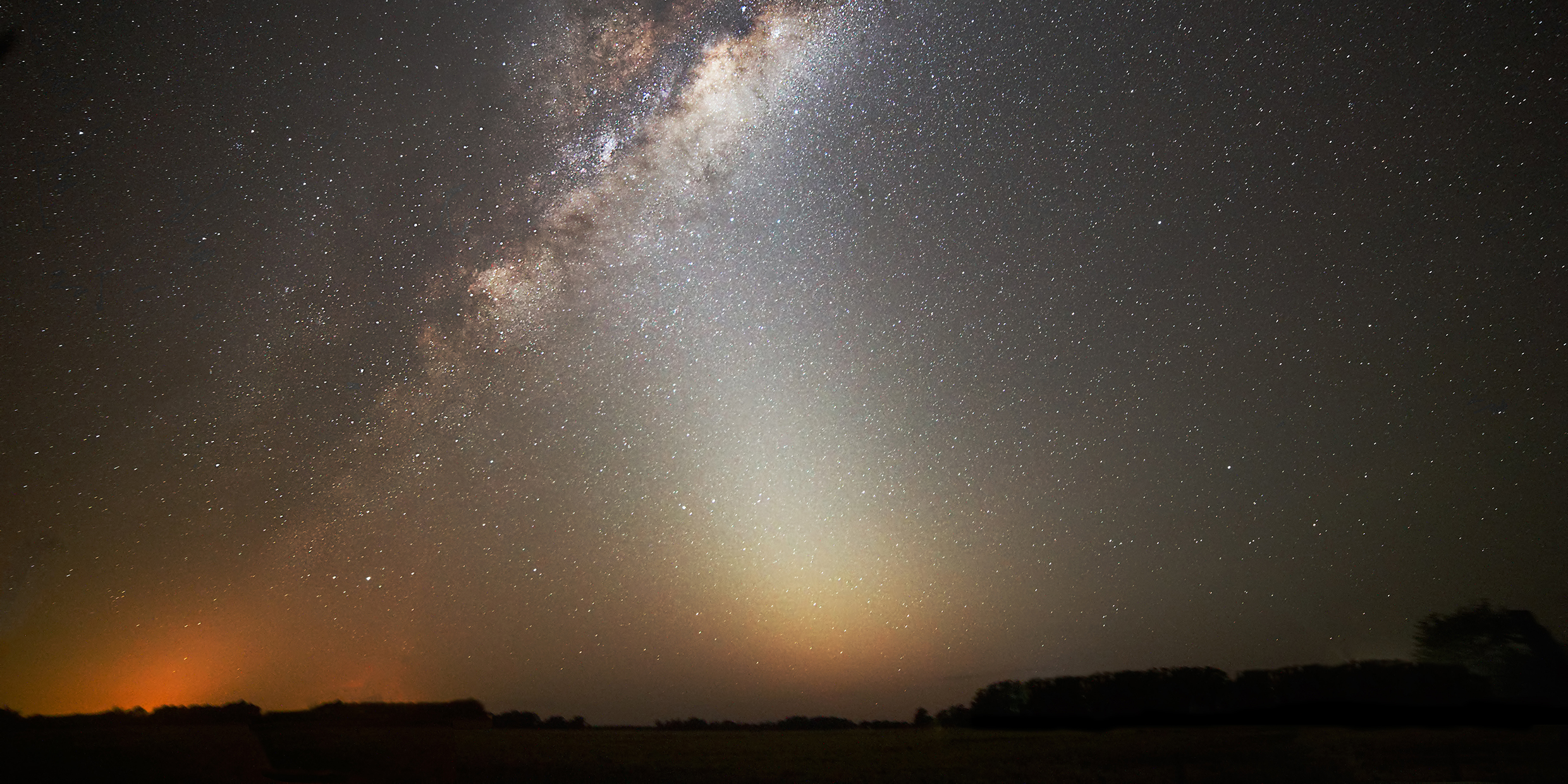Originally published 24 February 1997
EXUMA, Bahamas — One recent evening, walking home in the pitch-dark Bahamian night from drinks at the local bar, we suddenly felt ourselves whirled into infinity. And it wasn’t the drink.
The Earth curved away under our feet, putting Orion higher in the sky than we were used to seeing him — 20 degrees higher than in New England.
Canopus lifted its light above the horizon at Orion’s feet. Canopus is the second-brightest star in the sky, after Sirius, but too far south to be visible from Boston. Its name has an Egyptian connotation; Aswan, in the valley of the Nile, has the same latitude as our island.
We suddenly felt the roundness of the planet, as if we could stand on tiptoe and see the Southern Cross — the stars of the Australian flag — waiting to rise, just there, over the southeastern horizon.
The winter Milky Way was a river of light arching from north to south above our heads, passing near Orion’s back — the gathered brilliance of the myriad stars that make up our galaxy, individually invisible to the unaided eye. Our sun is two-thirds of the way out from the center of the pinwheel galaxy. In winter, our view is towards the edge of the pinwheel, so the river of light is not so luminous as in summer when we face the star-packed center.
The winter Milky Way is lost in the lights of Boston. Here it was prominent.
Most extraordinary of all was a mysterious lobe of light that reached up from the place on the western horizon where the sun had set, half way to the zenith. At first we thought we might be seeing the lights of the airport, until we realized that our tiny airport could never make such a far-reaching glow.
We were seeing the zodiacal light, brighter than I ever remember seeing it before.
The zodiacal light is caused by sunlight reflecting from meteoric dust that orbits the sun in the plane of the solar system, remnants of the vast nebula of dust and gas out of which the solar system was born more than four billion years ago. Like the planets, this diffuse stream of particles reflects light, although faintly and rarely seen.
Moonless nights of February are the best time to see the zodiacal light, and nowhere better than here, on the Tropic of Cancer, where the plane of the solar system is tipped so as to pass directly through our zenith, lifting the band of faint light up and away from the horizon.
And so we were treated to the spectacle of two intersecting rivers of lights, the light of two great whirling disks, the solar system and the galaxy.
The solar system is tipped on its side within the greater disk of the galaxy, so the two rivers of light intersect more or less at right angles. The axis of the Earth is tipped within the solar system, and our bodies were tipped with respect to the axis of the Earth. We struggled to orient ourselves to these many cockeyed angles.
In the 20 minutes we stood gaping at the light-streaked sky, the spinning Earth carried us 350 miles to the east. The flight of the Earth around the sun whirled us 22,000 miles through the space of the solar system. The turning galaxy bore us 200,000 miles through the cosmic abyss.
We felt like the prophet Ezekiel, who saw in the heavens intersecting wheels turning upon wheels, sparkling like chrysolite.
It was enough to cause vertigo.
Do they matter, these moments of singular insight into deep space and deep time, these gifts of grace that come unbidden — the curving Earth, the arching luminous planes of solar system and galaxy?
John Calvin, stern father of the Reformation, wrote in 1559, not long after Copernicus sent the Earth careening around the sun, “…the powers of the soul are far from being confined to functions that serve the body. Of what concern is it to the body that you measure the heavens, gather the numbers of the stars, determine the magnitude of each, know the space that lies between them, with what swiftness or slowness they complete their courses, how many degrees this way or that they decline?”
There are activities of the soul that have no practical use, suggests Calvin. Measuring the heavens will not put a Porsche in the driveway, or an Olympic-sized pool in the backyard. On the first day of my astronomy classes I tell my students, “This course will not help you make a buck.” Few students run for the door. What draws them to astronomy is not greed, but a longing of the soul to know its place in the universe.
In the 20 minutes that we stood under the stars, we made a flight of more than half-a-million miles across the cosmos, whirled upon circles within circles. We were star-travelers, trekkers of infinity, Ezekiel meets Mr. Spock.
Nothing practical, nothing that will help pay the bills. Just a long interval of rapturous contemplation of the objects of the soul’s longing.



